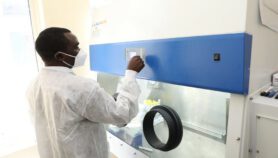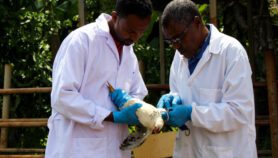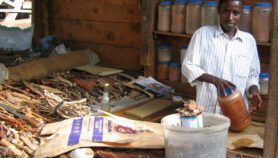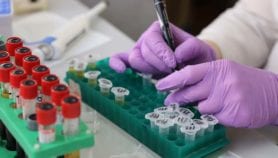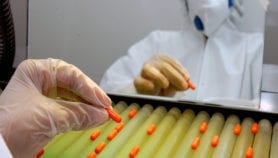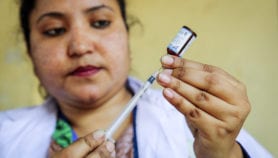Send to a friend
The details you provide on this page will not be used to send unsolicited email, and will not be sold to a 3rd party. See privacy policy.
[CAPE TOWN] The development of an obesity drug from a traditional remedy used by Africa’s San people has suffered a setback, after a pharmaceutical company abandoned its research — leaving prospects of a commercial product uncertain.
After years of research, UK-based pharmaceutical company Phytopharm returned its commercialisation rights for an active, appetite-suppressing ingredient in the Hoodia gordonii plant, which looks like a cactus and is sometimes called Hoodia cactus, to South Africa’s Council for Scientific and Industrial Research (CSIR) last month (30 November).
A team of CSIR scientists will now review data from 14 clinical trials on the cactus and decide whether to pursue development of a drug, according to Tendani Tsedu, a CSIR spokesperson.
H. gordonii remains an interesting functional food ingredient, Phytopharm chief executive officer Tim Sharpington said, adding that the decision was not from a loss of faith in the plant but part of a "corporate decision to exit the functional foods business".
The San people, inhabiting desert parts of Botswana, Namibia and South Africa, chew on the stem of the cactus to suppress hunger and thirst during long hunting trips.
CSIR scientists isolated and patented the active ingredient, P57, without the San people’s knowledge, and licensed it to Phytpoharm in 1995.
This led to a 2001 campaign by the San people to reclaim their rights, resulting in a 2003 benefit-sharing agreement with CSIR that entitled the San people to six per cent of all royalties received by CSIR. The benefits were described as "miniscule" by a 2006 report on benefit-sharing in Africa.
Phytopharm’s decision will not change the benefit-sharing agreement, according to Roger Chennells, lawyer for the San people.
"The San people will still be entitled to six per cent of any CSIR royalty on the drug," Chennells told SciDev.Net.
Chennells added that the San people were happy with the arrangement, which has provided them with 500,000 rand (around US$73,000) in royalties since the 2003 agreement.
But the real benefits will only come after commercialisation of an anti-obesity drug.
So far two firms working with Phytopharm have abandoned development of a hoodia product: Pfizer and Unilever. Unilever’s trials found the compound had adverse effects, such as raising blood pressure, and halted the project.
Rachel Wynberg, a natural scientist and environmental policy analyst from the University of Cape Town, South Africa, said further investment is required to conduct additional clinical trials to establish the safety of hoodia.
"Many players still believe that hoodia has considerable potential, but it is critical that the final product has impeccable safety and efficacy standards," Wynberg told SciDev.Net.
She said Phytopharm were not able to make this investment due to financial constraints.
Link to SciDev.Net‘s spotlight on Integrating Modern & Traditional Medicine



